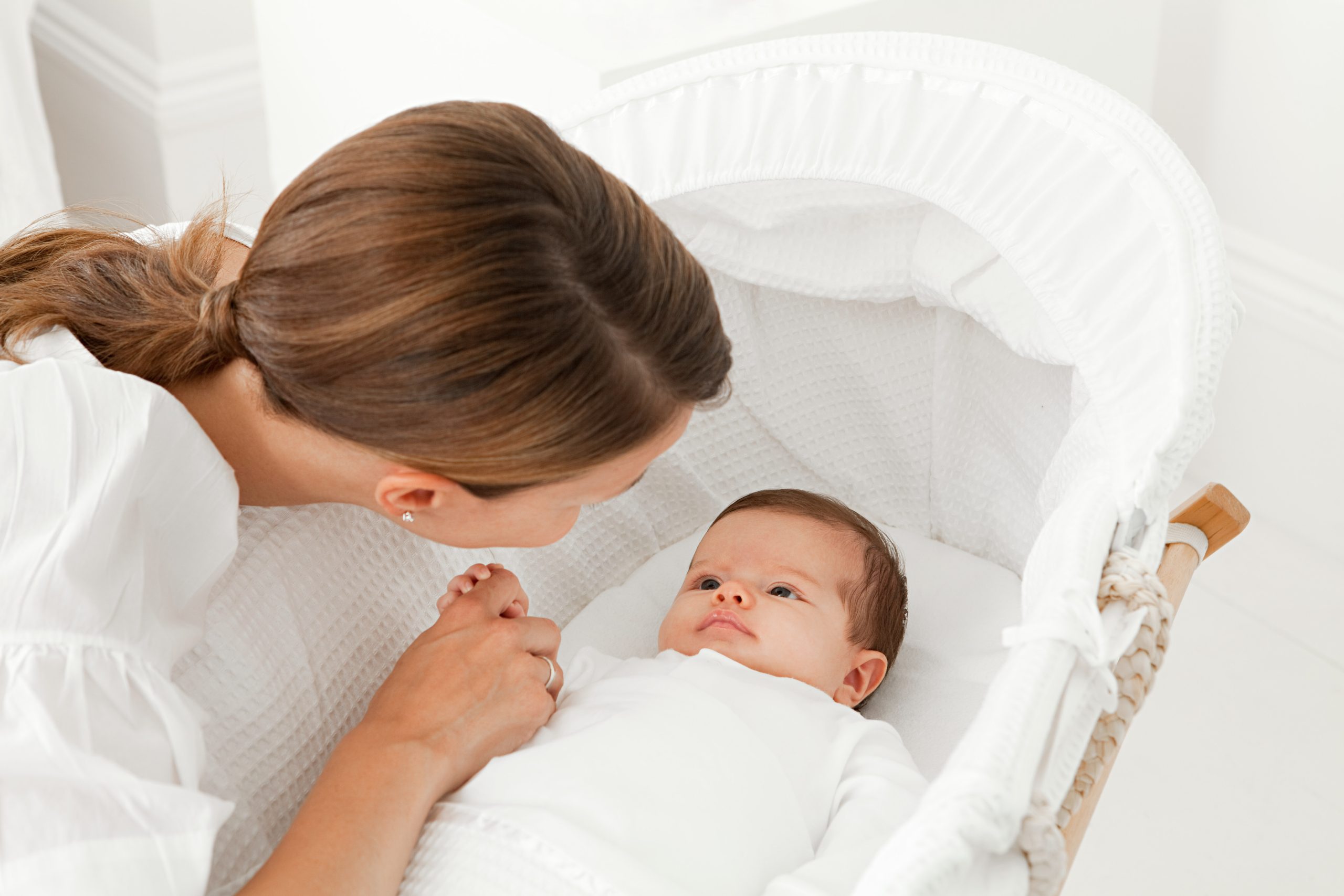Facilitating Development through Positioning
But Not Positioning Equipment
Play is the ‘job’ of all babies, infants and toddlers – and play can be hard work! As parents, it is our job to facilitate this play by providing our children many opportunities to play in a variety of positions. This helps to enhance a child’s visual development, spatial awareness, social understanding and motor development. Being able to reach, roll and move all facilitate typical development. Overuse of positioning equipment can impede this natural development and may cause orthopedic issues and delayed development.
The amount of positioning equipment available continues to rise. Examples of seated positioning equipment include Bumbo seats, baby bouncer seats and baby swings. In bouncer seats and swings, the child is semi-reclined with their head resting on the surface. A Bumbo seat is another piece of positioning equipment that is commonly used to facilitate sitting. These little seats tend to keep the child’s pelvis tipped posteriorly (backwards), which can cause the middle and lower spine to bend forwards and the spine of the neck over extended. There have also been reports of serious injuries associated with the Bumbo seat. Standing positioning equipment includes exersaucers, jumperoos and doorway jumpers. In an exersaucer or jumperoo, a child stands on a solid base and is supported by a harness. In a jumperoo or doorway jumper, you can jump while supported in the harness.
Extended use of positioning equipment can contribute to:
- Deformational plagiocephaly (otherwise known as flat-head syndrome) because pressure is placed on the same place on the skull when a child is reclined or semi-reclined.
- Limited reaching and trunk rotation
- Tightness of the hip flexor muscles. In these pieces of equipment, the child’s hips are flexed, or bent forward at the waist. As a child develops, we want the hip flexor muscles to stretch in order to gain length. Appropriate hip flexor muscle length is necessary to have an upright trunk in standing.
- Tightness of the outer hip muscles. In the standing equipment, the legs are in a widened stance, to accommodate the harness. This can contribute to tightness overtime, which will cause a child to stand with a wide base of support when standing independently.
- Tightness of the ankle muscles. In equipment where a child is repeatedly jumping, overuse of the ankle plantarflexors can cause tightness, which will cause a child to point their toes down in all positions.
- Weakness of the anti-gravity extensor muscles – muscles of the back and hips – which are necessary for sitting, crawling and standing.
- Weakness of the trunk muscles. In all the mentioned equipment, the abdominal muscles have to do little work to keep the trunk upright, contributing to weakness of this muscle group.
Instead of utilizing baby equipment to keep your child happy and preoccupied throughout the day, try these alternative positions:
- Work on tummy time. Place interesting toys or a child-friendly mirror in front of your child to give them activities to do while on their stomach. Tummy time gives your child the opportunity to shift their weight, reach in all directions and strengthen the muscles necessary for them to crawl, pull to stand and walk.
- Place young infants in sidelying, alternating the side in which they lie on. Sidelying is a great position for young children, especially pre-rollers. It allows your child to play with both hands in midline, and allows your child to practice reaching in a gravity-lessened environment.
- Once your child has excellent head control, place them in sitting over your lap. You can facilitate your child to reach in all directions and turn to look to you by holding them at their trunk. This position helps your child to strengthen the muscles needed for independent sitting.
- Vary the position that you carry your child. Try carrying your child over your right and left shoulder, on their side and no their tummy. This will give your child a different view of their environment and facilitate them to strengthen muscle groups necessary for higher-level gross motor skills.


